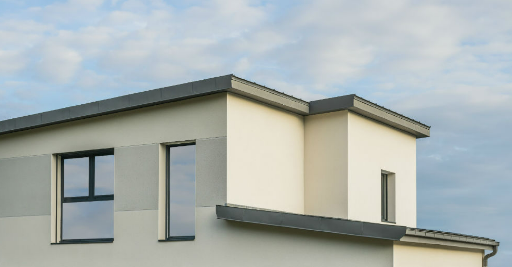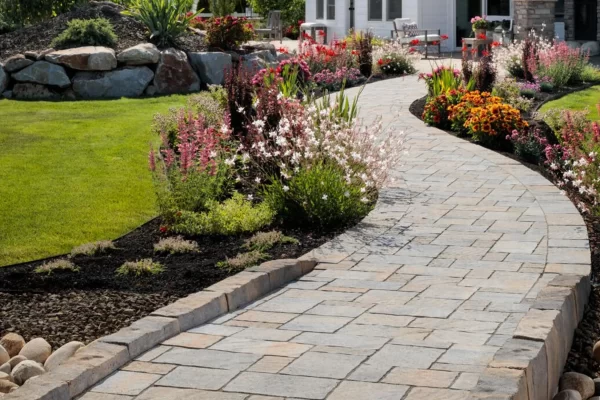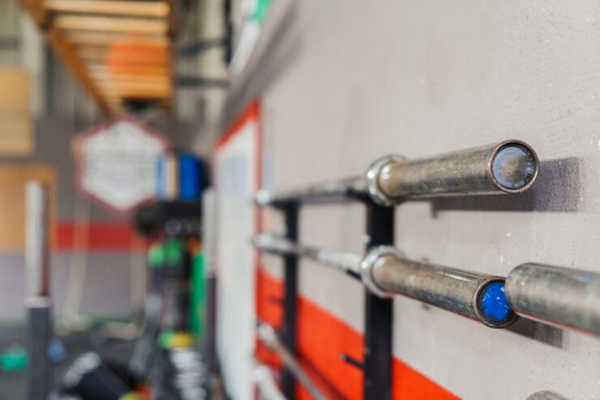When it comes to roofing options, one common question is whether a flat roof is good for rain. At Roofing.Co, we understand that choosing the right roofing system is crucial for protecting your home from the elements. Let’s explore the advantages and challenges of flat roofs in rainy conditions.
Advantages of Flat Roofs
Modern Aesthetic Appeal
Flat roofs have a sleek, modern look that appeals to many homeowners. Their minimalist design is perfect for contemporary homes and commercial buildings, adding to their architectural appeal.
Space Utilization
Flat roofs offer additional usable space. They can be transformed into rooftop gardens, patios, or solar panel installations, maximizing the utility of your home. This is particularly beneficial in urban areas where outdoor space is limited.
Cost-Effective Installation
Flat roofs are generally less expensive to install compared to pitched roofs. They require fewer materials and less labor, making them an attractive option for budget-conscious homeowners.
Ease of Maintenance
Accessing a flat roof for maintenance and repairs is simpler and safer than working on a pitched roof. Regular inspections and minor repairs can be carried out without the need for specialized equipment.
Challenges of Flat Roofs in Rainy Conditions
Water Drainage Issues
One of the primary concerns with flat roofs in rainy climates is water drainage. Unlike pitched roofs, flat roofs do not have a natural slope to facilitate water runoff. Poor drainage can lead to water pooling, which can cause leaks and structural damage over time.
Potential for Leaks
Flat roofs are more susceptible to leaks, especially if they are not properly maintained. Standing water can seep through even the smallest cracks or seams, leading to water damage inside your home. Regular inspections and prompt repairs are essential to prevent leaks.
Limited Lifespan
Flat roofs typically have a shorter lifespan than pitched roofs. The constant exposure to standing water and harsh weather conditions can accelerate wear and tear. Investing in high-quality materials and professional installation can help extend the life of your flat roof.
Solutions for Effective Rain Management
Proper Installation
Ensuring your flat roof is installed with a slight slope (known as a “pitch”) for water drainage is crucial. A well-designed drainage system, including gutters and downspouts, will help manage rainwater effectively.
High-Quality Waterproofing
Investing in high-quality waterproofing membranes and materials can significantly reduce the risk of leaks. Regularly inspect and maintain the waterproofing layers to keep your roof in optimal condition.
Regular Maintenance
Consistent maintenance is key to the longevity of a flat roof. Clear debris, check for signs of wear, and address any issues promptly to prevent minor problems from becoming major repairs.
Conclusion
While flat roofs offer numerous benefits, they require careful consideration and maintenance in rainy conditions. With proper installation, high-quality materials, and regular upkeep, a flat roof can effectively handle rain and provide a durable, stylish roofing solution. At Roofing.Co, we are committed to helping you choose the best roofing option for your home. Contact us today for expert advice and professional roofing services tailored to your needs.
This article was written by a roofing professional at Roofing.co. At Roofing.co, we’re determined to be the only one you need to hire when looking for roofing companies in Wesley Chapel FL. We take a modern, professional approach to the roofing business in order to ensure our customers in St. Petersburg and the Central Florida region have the best possible experience whenever they choose us.








